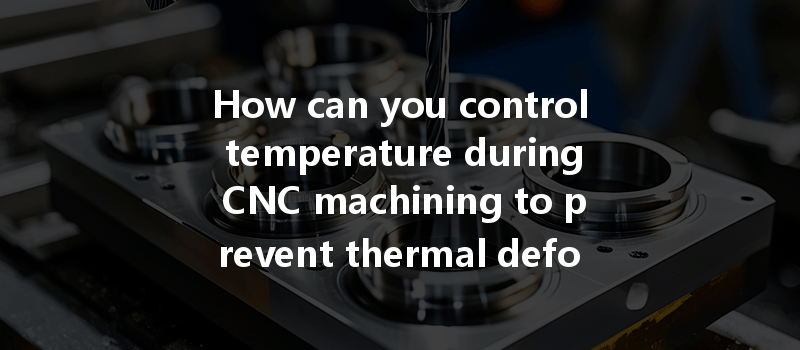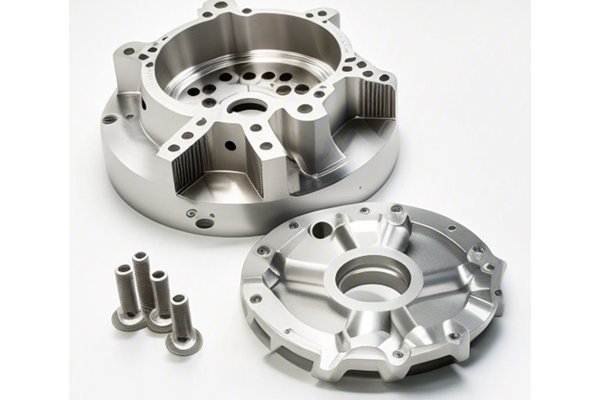Opening: The Hidden Impact of Heat in CNC Machining
Did you know that thermal deformation can significantly compromise the dimensional accuracy of machined parts? In fact, studies indicate that temperature variations during machining processes can lead to deviations of up to 0.25 mm over a small part. With CNC machining being a cornerstone of modern manufacturing, understanding how to control temperature effectively becomes essential to achieving precision and reliability. This deep-dive will explore practical strategies and technologies that can help you mitigate the effects of heat in CNC machining, ensuring both quality and performance.
The Importance of Controlling Temperature in CNC Machining
When it comes to CNC machining, temperature control is not just a matter of comfort for the machinery—it is crucial for the accuracy and quality of the final product. High temperatures can cause thermal expansion, resulting in changes to the material dimensions that can lead to poor fit or functionality. The problems of thermal deformation are particularly pronounced in high-speed machining processes, where heat generation can escalate quickly.
High temperatures also negatively impact tooling life. The elevated heat can lead to premature wear of cutting tools, increasing operational costs and reducing productivity. Therefore, implementing proper temperature control measures can help manufacturers avoid costly errors and enhance profit margins.
Factors Contributing to Heat Generation
Before diving into solutions, it is essential to understand the primary contributors to heat generation in CNC machining:
Strategies for Temperature Control
Now that we’ve established the importance of temperature control and its contributory factors, let’s delve into some practical strategies that manufacturers can implement.

Training and Awareness
An often-overlooked aspect of temperature control is the human factor. Training operators on the importance of temperature control, correct feed and speed settings, and the use of coolant systems can influence machinery performance significantly. When operators are aware of these factors, they can make more informed decisions.
Summary of Core Technologies
In summary, maintaining effective temperature control during CNC machining involves a multi-faceted approach. Key strategies include:
Each of these strategies plays a vital role in tackling thermal deformation, ensuring that part dimensions are kept consistent, and ultimately resulting in a more efficient machining process.
: Why Temperature Control Matters
In the demanding world of CNC machining, knowing how to control temperature is essential for any manufacturer aiming for precision, efficiency, and cost-effectiveness. By embracing new technologies, optimizing processes, and enhancing operator training, manufacturers can significantly mitigate the risks associated with thermal deformation. The conversation surrounding temperature control in CNC machining is crucial for innovations in manufacturing and can lead to advancements that drive industries further into the future. Remember, the consequences of ignoring temperature control extend far beyond the machining floor—they resonate through every aspect of production, from quality assurance to customer satisfaction.
As a CNC machining professional, it’s worth taking the time to continuously evaluate how your processes measure up to industry standards in temperature control. Not only will it enhance your workflow, but it will also ensure that the parts you produce meet the high-quality demands of today’s market.






